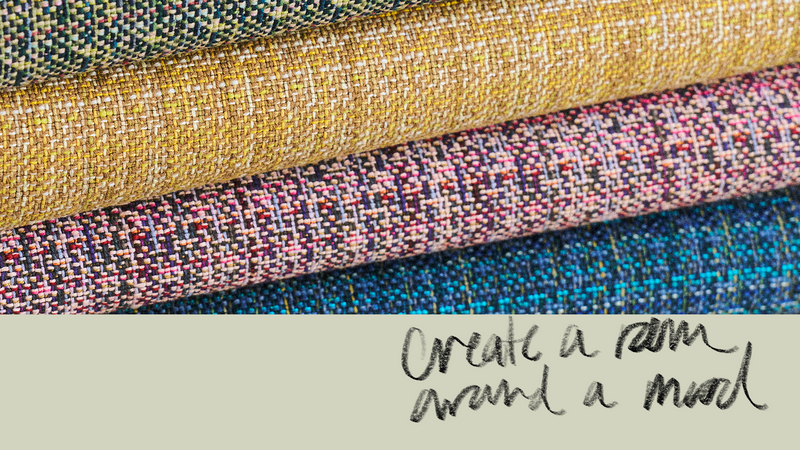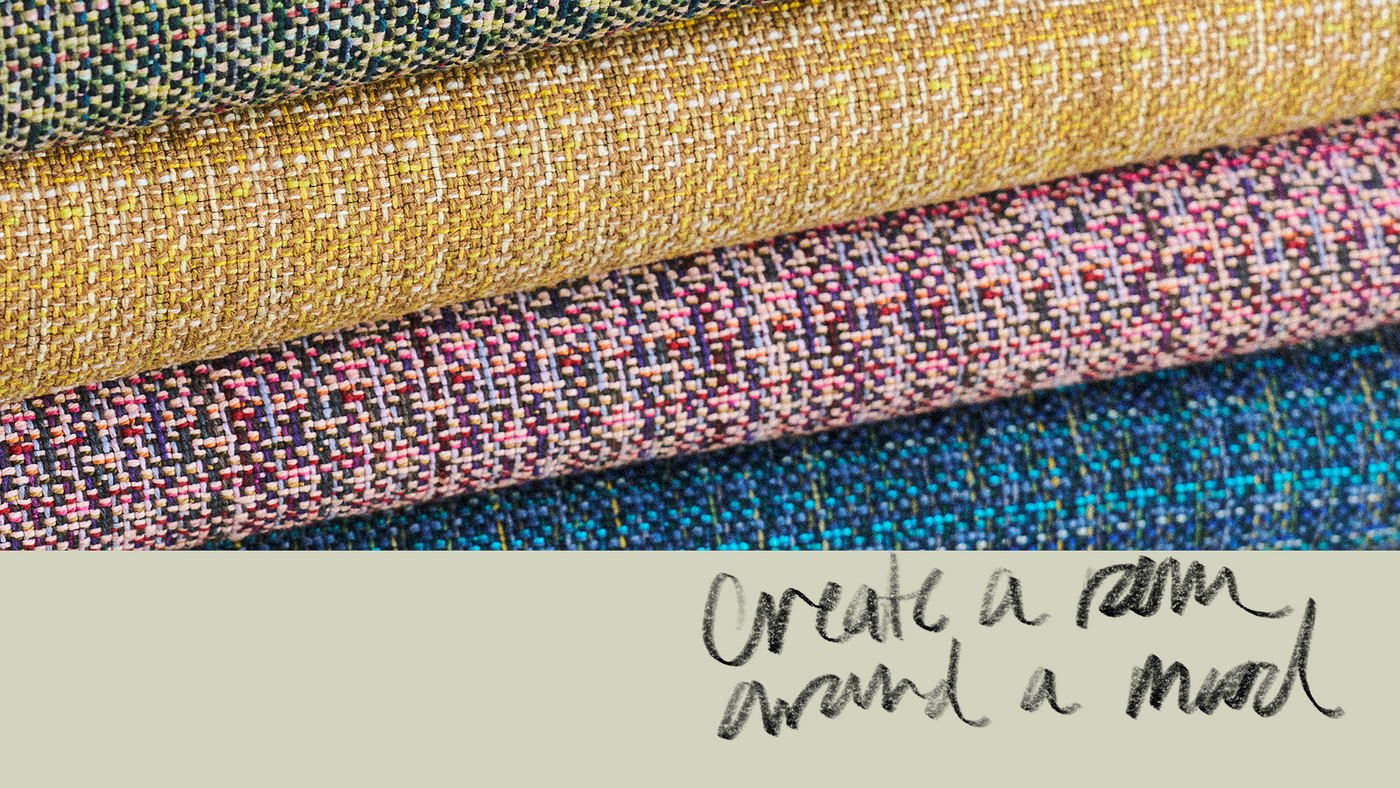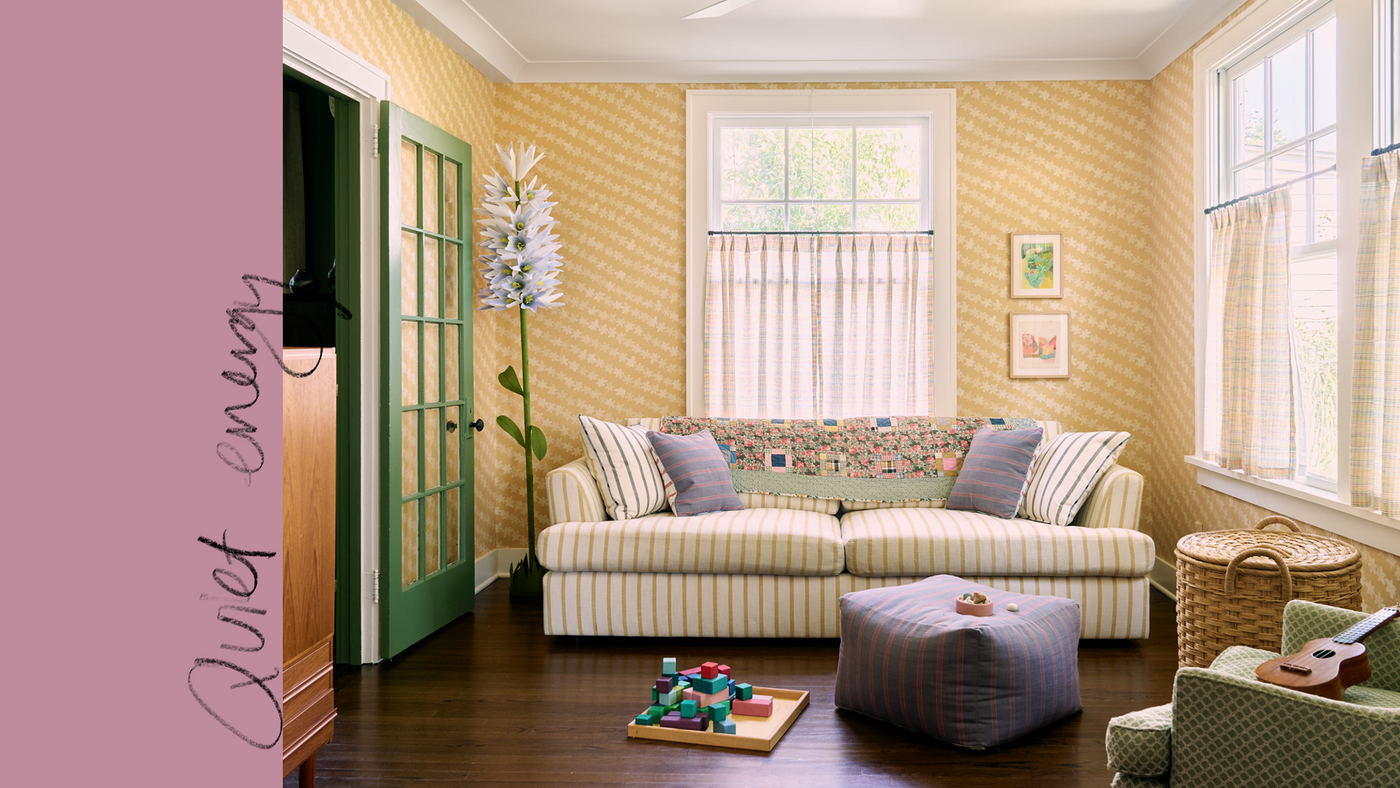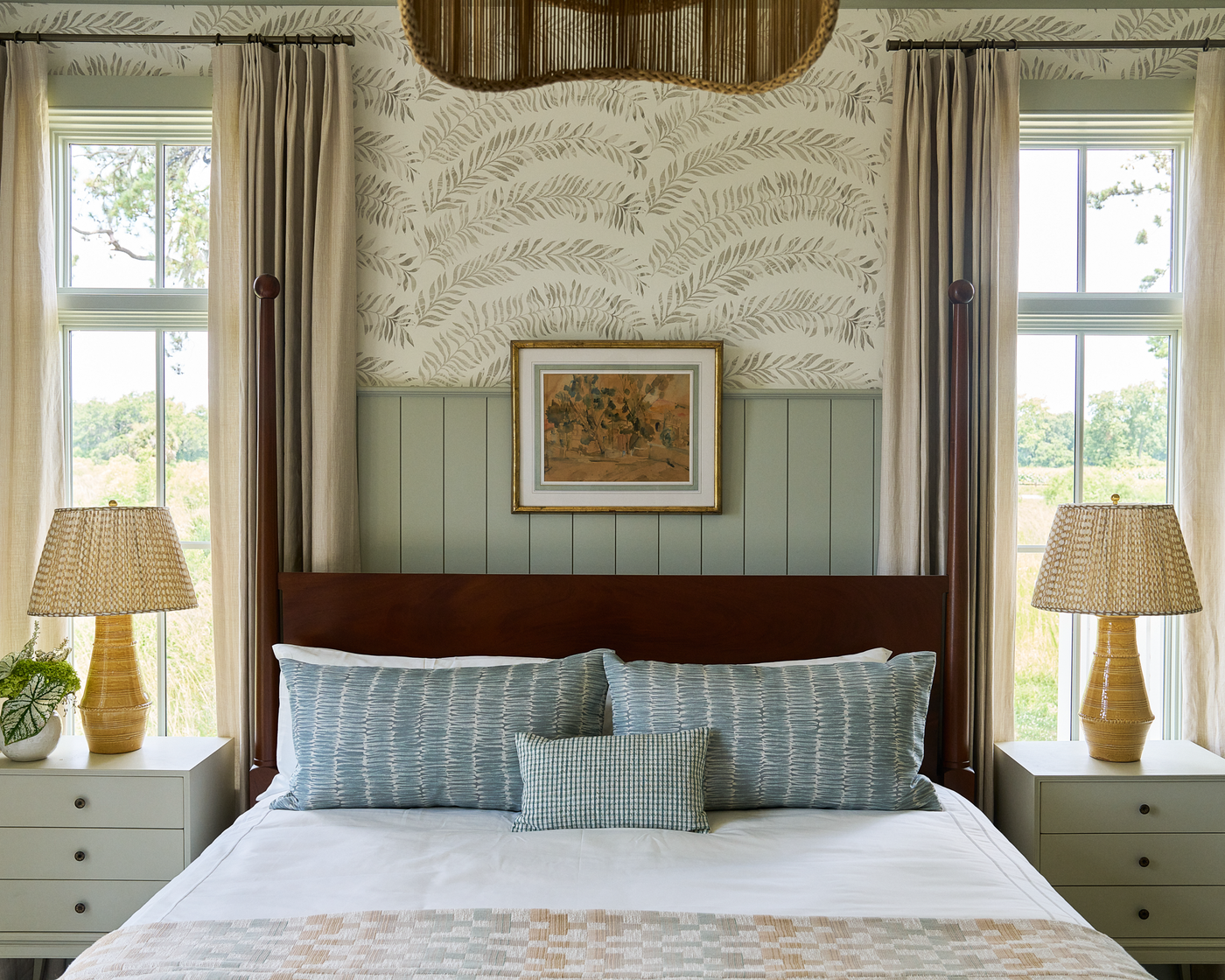




Glossary of Terms
Glossary
Batting is the filling between the front and back side of a quilt. Batting gives the quilt extra weight.
A fiber derived from plants is a cellulose fiber- examples are cotton and linen.
Stands for ‘Cut For Approval’. This is a cutting of an in-stock fabric that people ask for if they want to be sure that the color matches the swatch they have in hand. Typically, they will ask for a CFA when they order. You’ll send this out and wait for them to approve it before fulfilling.
Refers to interiors for a public space (like a hotel or restaurant) instead of a residential space. Commercial fabric or commercial wallpaper are produced to withstand high traffic or to be flame resistant.
Cotton is a natural plant fiber known for its softness and strength.
Digitally printing fabrics allows for an unlimited number of colors and subtler variations to be achieved than through screen printing. During the printing process, the fabric is fed through the printer using rollers and ink is applied to the surface in the form of thousands of tiny droplets. Learn more here. Our digitally printed fabrics are printed with The DuPont™ Artistri™ pigment ink chemistry which is similar to the pigment chemistry used in traditional rotary screen printing.
A dobby loom is different from a jacquard loom in that it more restricted in the complexity of the designs it can weave. Dobby looms are best for smaller, geometric patterns.
A wallpaper roll that is twice as long as a single roll. So, a 10-yard roll instead of a 5-yard roll.
Down is the layer of light and fluffy feathers underneath the outer feathers of a duck. Down is a great insulator, and make your pillow insert fluffy. Feathers are more substantial, giving the pillow insert structure. Our pillow inserts are 25% down, 75% feathers. Learn more about our inserts here.
Embroidery is an embellishment stitched with thread onto cloth. It creates pattern or imagery and adds color and texture to the fabric.
Fiber reactive dyes attach permanently to cellulose fibers using a covalent (electron-sharing) bond.
Cotton, flax, and wool accept fiber reactive dyes.
Gouache is an opaque water based paint.
Subtle variations, happy accidents, and unexpected hues are all the result of the hand-dyed process. Dying is the process of adding color to textile products like fibers, yarns, and fabrics. Dying is normally done in a special solution containing dyes and particular chemical material, which bonds permanently to the fibers. Learn more about hand dyeing here, and learn about the dyes we use here.
Jacquard fabrics have complex designs woven into their structure like brocade, damask or matelassé. These fabrics are highly textural and can look quite different on the face and back of the fabric.
Linen is made of flax plant fibers. Because it is an inherently eco-friendly fiber, we love to use it. We choose to use Belgian linen produced by Libeco because of their commitment to sustainability.
Another name for a swatch.
























































































